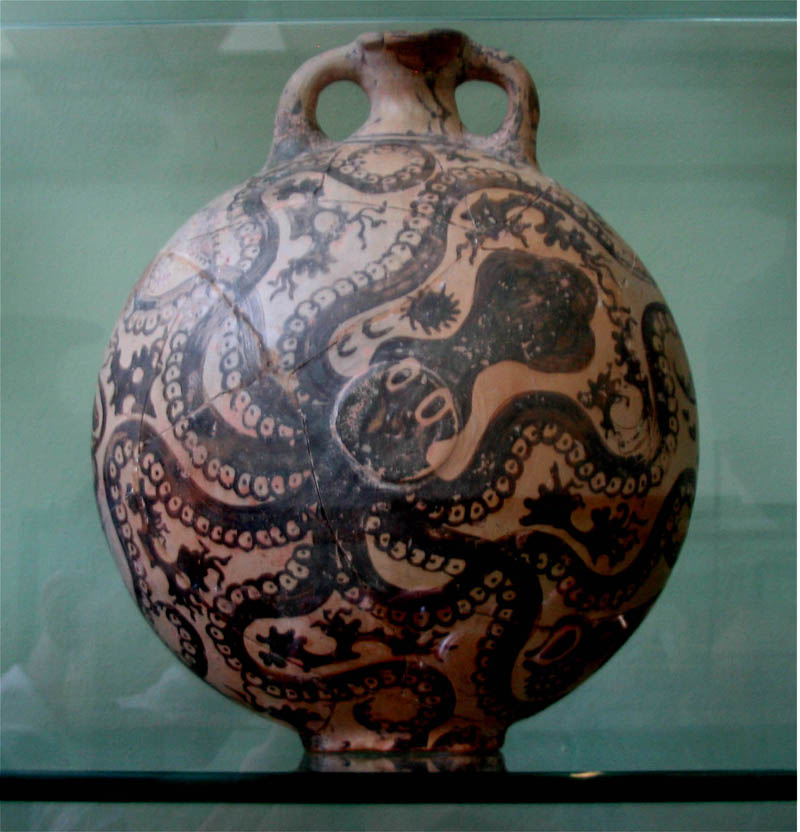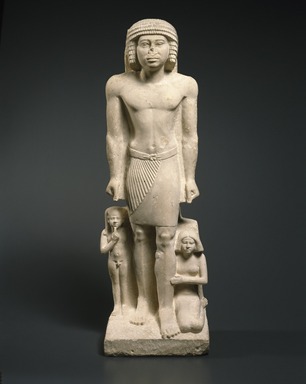
Andrus-Walck, Kathryn. Sculptures from the West Pediment of the Temple of Zeus Battle of Lapiths and Centaurs. 1994. Photograph. The Museum at Olympia, Olympia.
Take the above sculptures for example. They are from the west pediment of the Parthenon, a structure dedicated to the goddess Athena. The scene shows the battle of the Lapiths and the Centaurs. The Lapiths famously battled with the Centaurs after they consumed too much alcohol at a wedding party and began hitting on the female attendees. The Lapiths emerged victorious, and drove the Centaurs from their lands.
![[BOOKS_Marathon]](http://si.wsj.net/public/resources/images/WK-AV490_BOOKS__G_20100923174008.jpg)
"A Sarcophagus Relief Depicting the Battle of Marathon in 490 B.C." The Wall Street Journal. The Wall Street Journal, 24 Sept. 2010. Web. 24 Oct. 2012. <http://online.wsj.com/article/SB10001424052748704129204575506100285460226.html>.
Above is a sculpture depicting the Greeks battle with the Persians in 490 B.C.E. In the upper right area you can see men wearing what appears to be a robe of some sort, but many of the men appear to be nude, referring back to my last post, I can assume that the nude men are the Greeks. I'd assume that this piece of art was at one time part of a continuous frieze, but over time fell victim to the elements. This reminds me of the many sculptures decorating the Parthenon in that the characters are over lapping to create the illusion of a fierce fight scene.


Trojans and The Greeks at War. 2012. Photograph. BBC-Primary History, Ancient Greeks-The Greek World, Unknown.
This cup made in 490 B.C.E shows the Greeks and the Trojans at war. The cup is decorated with much more detail than the sculptures. You can see the clothing of the soldiers more clearly, and in the lower right there are decorative features.
This provides a couple examples of the different types of mediums the Greeks used to tell the story of their rich culture.
This cup made in 490 B.C.E shows the Greeks and the Trojans at war. The cup is decorated with much more detail than the sculptures. You can see the clothing of the soldiers more clearly, and in the lower right there are decorative features.
This provides a couple examples of the different types of mediums the Greeks used to tell the story of their rich culture.









